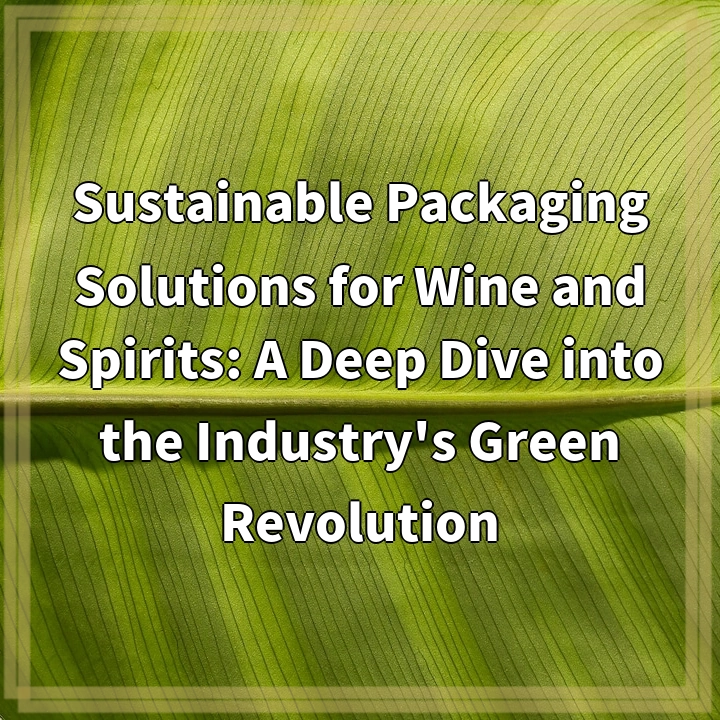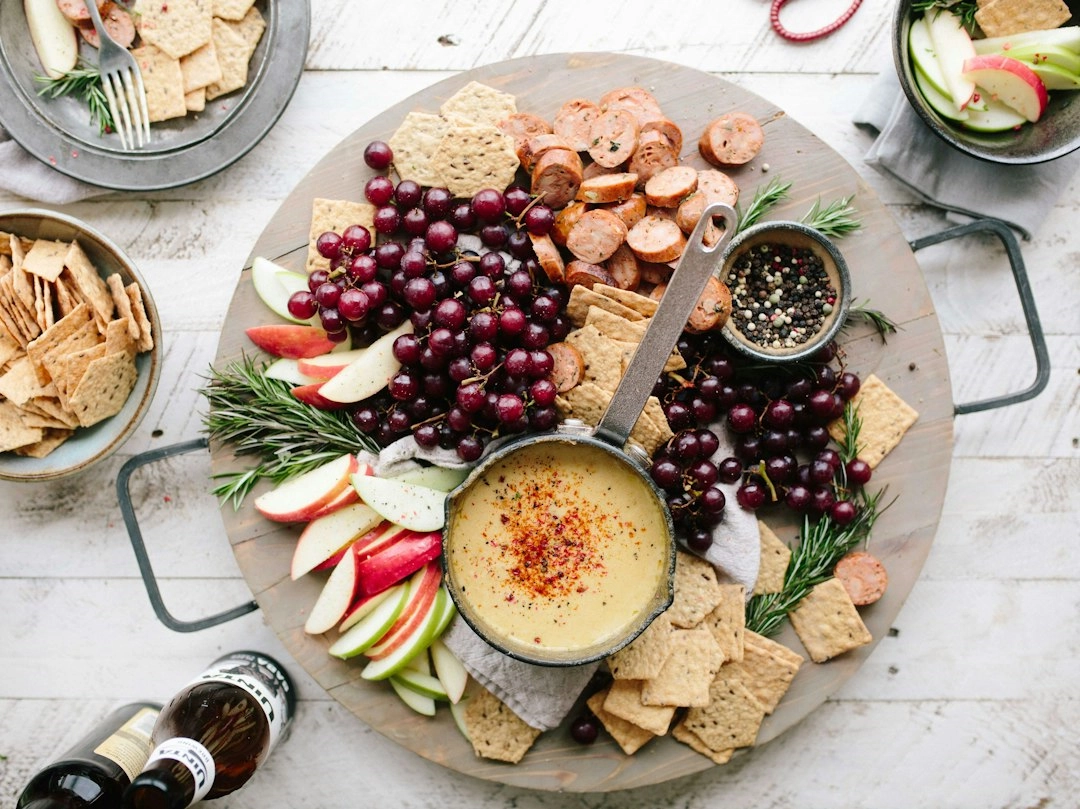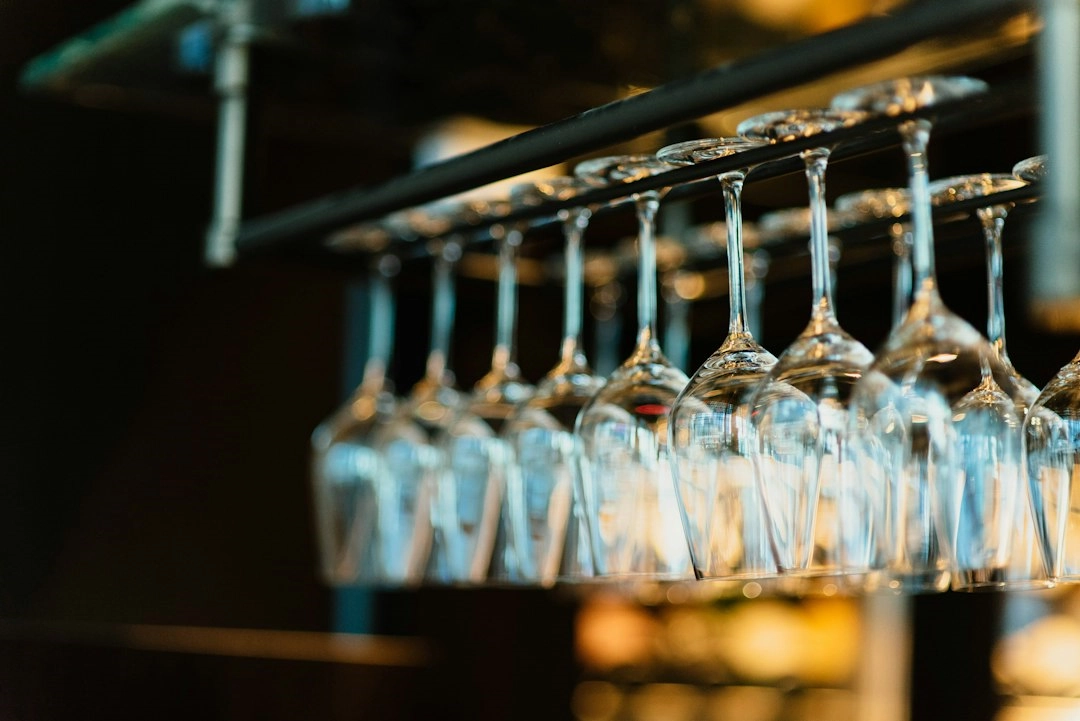
What are Sustainable Packaging Solutions for Wine and Spirits?
Sustainable packaging solutions for wine and spirits refer to packaging materials, designs, and practices that have a reduced impact on the environment throughout their lifecycle. These solutions aim to minimize the use of non-renewable resources, reduce carbon emissions, and promote recycling and circular economy principles. The implementation of sustainable packaging in the wine and spirits industry is part of a broader green revolution that seeks to address the environmental challenges associated with packaging and mitigate its negative effects.
Real-World Problems Associated with Sustainable Packaging
While the adoption of sustainable packaging solutions in the wine and spirits industry is commendable, there are several challenges and real-world problems that need to be addressed to ensure the successful implementation of these initiatives. Some of the key issues include:
1. Cost Considerations
One of the major hurdles faced by businesses when transitioning to sustainable packaging is the cost implications. Sustainable packaging materials, such as biodegradable or compostable options, can often be more expensive than traditional packaging. This higher cost can pose challenges for smaller wineries and distilleries that may have limited resources to invest in sustainable packaging solutions.
2. Technical Feasibility
The technical feasibility of sustainable packaging solutions is another area of concern. Winemaking and distilling involve specific requirements for packaging, such as preserving the quality and freshness of the product and protecting it from external factors like light and temperature. Finding sustainable alternatives that meet these criteria without compromising the product’s integrity can be a complex task.
3. Consumer Perception and Expectations
Another challenge associated with sustainable packaging is the consumer perception and expectations. While there is a growing demand for eco-friendly packaging, consumers may still have certain preconceptions or preferences for traditional packaging materials like glass bottles. Educating and engaging consumers about the benefits and importance of sustainable packaging is essential to overcome this challenge.
4. Regulatory and Certification Requirements
The wine and spirits industry operates under strict regulations and certifications to ensure product safety and quality standards. Introducing new packaging materials or designs may require additional certifications or compliance measures, which can add complexity and delays to the adoption of sustainable packaging solutions.
5. Supply Chain and Infrastructure Limitations
Sustainable packaging solutions require appropriate infrastructure and support throughout the supply chain. This includes facilities for recycling or composting, adequate collection systems, and logistical arrangements for the transportation and handling of sustainable packaging materials. The lack of such infrastructure can be a significant barrier to the widespread implementation of sustainable packaging in the wine and spirits industry.
Addressing these real-world problems associated with sustainable packaging solutions for wine and spirits is crucial for the industry to achieve its green revolution goals. By finding innovative solutions, collaborating with stakeholders, and educating consumers, the wine and spirits industry can make significant progress towards a more sustainable and environmentally friendly future.

Potential Solutions for Sustainable Packaging in Wine and Spirits
Addressing the real-world problems associated with sustainable packaging requires strategic approaches and innovative solutions. While each challenge may have unique considerations, there are some potential solutions that can be applied across the industry. These include:
1. Research and Development
Investing in research and development is crucial to finding cost-effective and technically feasible sustainable packaging options. Innovations in materials, such as plant-based plastics or biodegradable alternatives, can help reduce the environmental impact of packaging while maintaining product quality and integrity.
2. Collaboration and Partnerships
Collaboration between wineries, distilleries, packaging suppliers, and other stakeholders is essential for overcoming challenges. By working together, sharing knowledge and resources, and leveraging collective experiences, the industry can find practical solutions and address cost considerations, technical feasibility, and supply chain limitations.
3. Consumer Education and Engagement
Educating consumers about the benefits of sustainable packaging and involving them in the decision-making process can help overcome consumer perception challenges. Shifting consumer preferences and increasing awareness can create demand for eco-friendly packaging options and encourage the adoption of sustainable practices.
4. Collaboration with Regulatory Bodies
Engaging regulatory bodies and certification organizations in discussions about sustainable packaging can help streamline approval processes and ensure compliance with industry standards. Establishing clear guidelines and standards for sustainable packaging can encourage widespread adoption and remove hurdles related to certifications and regulations.
5. Infrastructure Development
Investing in the necessary infrastructure for sustainable packaging, such as recycling and composting facilities, can address supply chain and logistical limitations. By creating a robust and efficient system for the collection, processing, and reuse of sustainable packaging materials, the industry can close the loop and promote circular economy principles.
By implementing these potential solutions, the wine and spirits industry can overcome the real-world problems associated with sustainable packaging. With a commitment to research, collaboration, education, regulatory compliance, and infrastructure development, the industry can lead a successful green revolution that promotes environmental sustainability without compromising the quality or appeal of its products.















